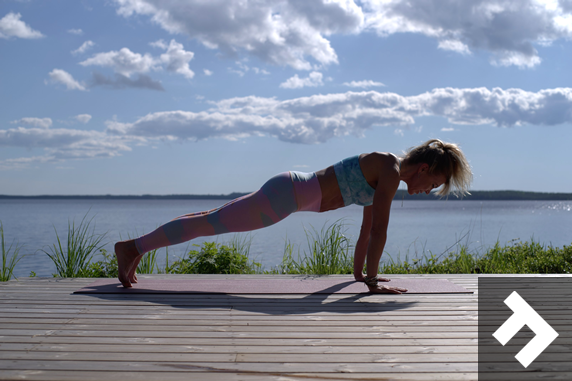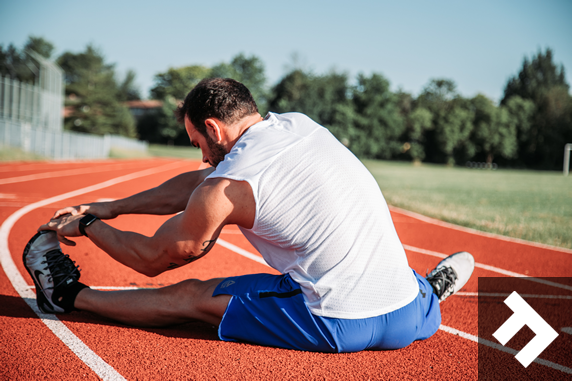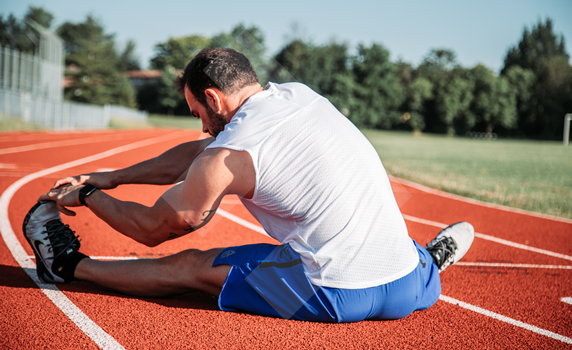Have you experienced an accident or injury that has left you lacking confidence getting back to exercising? Then these tips might be of use to you.
Being victim to an accident is both physically and mentally draining. It will likely be exacerbated if the accident or injury wasn’t your fault, and you weren’t the only person involved. This can leave you with feelings of guilt, and concerns about getting back to a normal life, including getting back into exercise.
After being injured in an accident, you’re unlikely to be able to jump straight back into gyming, and may feel worried about how your injury will affect your performance. A personal injury or fatal accident claim will help to fund any rehabilitation or mental health support you require if you’ve been a victim to an accident that wasn’t your fault. This can help you get part of the way.
That said, this can only get you so far, which is why seeking as much advice as possible is a good place to start. In this article, we’ll be helping you through this challenge by providing 10 tips to getting back to the gym after an accident or injury. Take a look…
1. Start with Something Simple
First and foremost, you don’t want to go in all guns blazing for your first workout after an injury. It’s best to ease yourself into it with something easy.

Walking, for example, is one of the most natural things your body can do. So, why not try walking around the block every so often to get your body back into the swing of things.
2. Pain Isn’t Good
You’ll often hear the saying “no pain no gain” when it comes to most things in life. However, although some pain is good, any type of pain when you’re working out isn’t really something to work towards.
Muscle aches and pains are natural, but if it’s affecting your everyday life, and you’re struggling to walk or move, things need to change. What’s more, if your injured body parts are aching during your workout, it’s probably best to stop.
Instead, why not work on the uninjured parts of your body whilst you’re healing? Or, just try low impact exercises to build strength up again, like the cross trainer or swimming.
3. Work on Core Exercises
Speaking of core exercises, why not focus more of your time on these ones whilst you’re healing. They are often low-impact and easy to execute without damaging your body. What’s more, building your core strength and balance back up again after an injury or accident is crucial to overall healing.
4. Seek the Advice of a Physio
Before trying anything, it’s important to seek the advice of a doctor of physiotherapist beforehand. You could even seek the help of a physio to assign you exercises to build strength back up in the places you need.

This is a great way to ease you into things again, and will provide you with more realistic expectations of what your body should be capable of at this point in time.
5. Set Goals
It can be tricky to get back to the gym, especially if you’re lacking motivation and are worried about injuring yourself again. That said, by setting yourself goals, you’re much more likely to be motivated to hit them.
6. Be Realistic
That said, you shouldn’t go too mad with these goals, and should ensure that they’re as realistic as possible. There’s nothing more soul-destroying than setting goals that you can’t achieve, especially when you have an injury. After all, this injury can not only set you back physically but mentally too.
7. Plan
Making a workout plan could be a great way to start reaching these goals of yours. This way, you’re much more likely to feel motivated, and will stick to it. Then, the more practice you get, the stronger and more confident you’ll feel, which can only be a good thing for the long-term.
8. Exercise with a Friend
If you’ve been victim to an accident, you’ll likely lack confidence, especially if you have an injury and are worried about making yourself worse. So, taking a friend to the gym, or out on a run or cycle with you, might be the answer.

Not only could this help you with the mental side of things, it also means you have the physical support you need if you’re weaker than usual. They can help with spotting your weight-lifting and calling for help if you end up injuring yourself further by accident. Having someone around can be really motivating, and is only going to boost your confidence.
9. Take it Slow
Taking it slow is paramount. Don’t head to the gym every day and blast your muscles for hours on end. Instead, go every so often, vary your exercises, and make sure you’re taking rest days.
10. Focus on What You Can Do
It can be easy to focus on the things you can’t do, especially if you’re used to meeting your personal best every week. That said, after an accident or injury, your body will need time to remember what it can do.
This is why you simply have to focus on what you can do right now, and the achievements you make everyday, rather than comparing yourself to your previous accomplishments.
Ready to Get Back to Exercising After Your Accident or Injury?
As you can see, making a personal injury or accident claim can only take you so far. Of course, it can help to provide you with the emotional and monetary support to get better. But, you will have to do some of your own work along the way to get back to normal.
We hope this article has provided you with some ideas of ways to get back to exercising after your injury. Be sure to leave any more tips in the comments down below. Otherwise, for more information about coping with trauma after an accident or injury, head here.
Please be advised that this article is for general informational purposes only and should not be used as a substitute for advice from a trained medical professional. Be sure to consult a medical professional or healthcare provider if you’re seeking medical advice, diagnoses, or treatment. I’m not liable for risks or issues associated with using or acting upon the information on this site.
![]()
 Instagram
Instagram Pinterest
Pinterest Facebook
Facebook Twitter
Twitter YouTube
YouTube




 Paul
Paul 



